Today’s #kanji is #雑 is listed under the radical of #ふるとり(隹) but its original form is 襍 that made of its semantic element of #ころもへん(衤) and phonetic element of 集
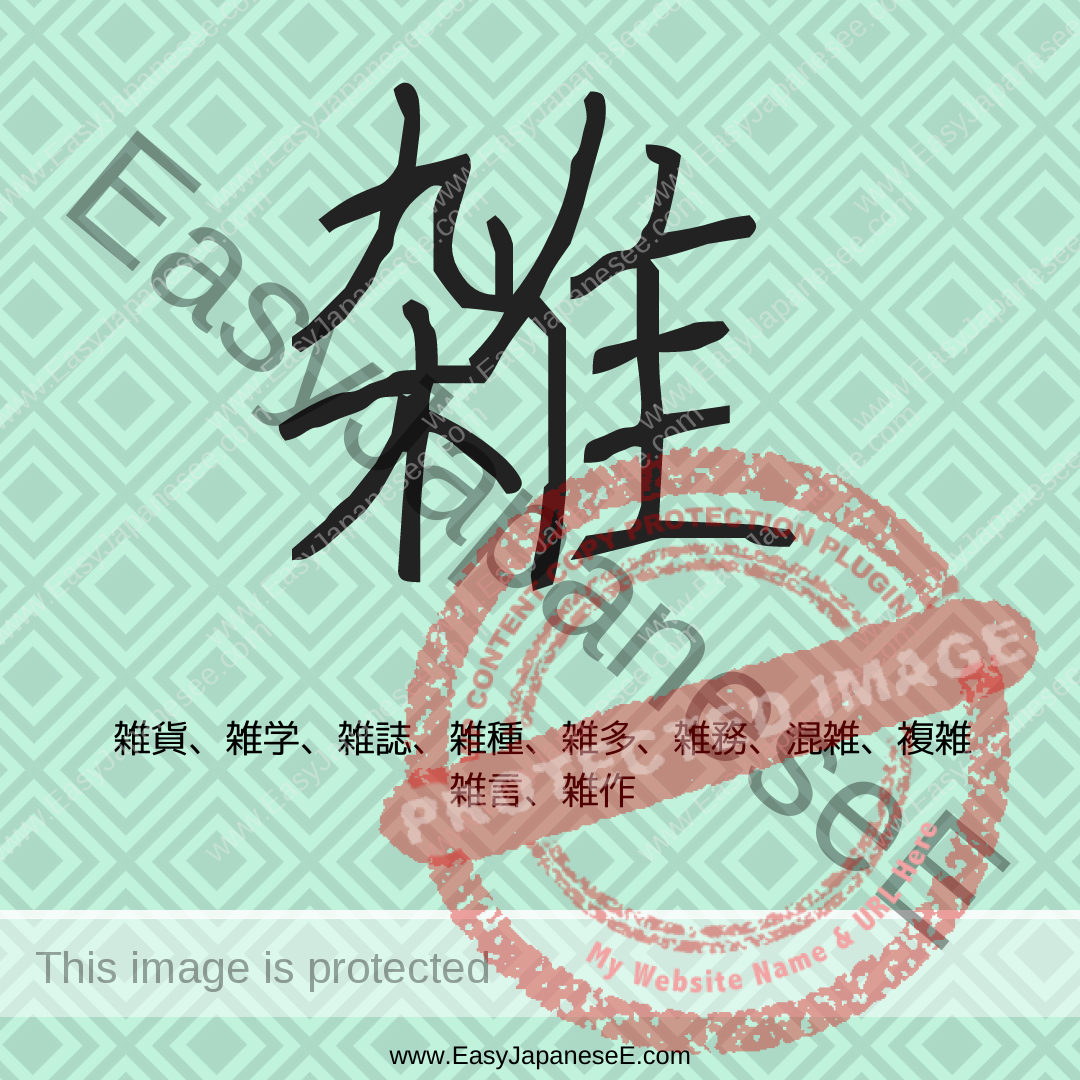

Today’s #kanji is #雑 is listed under the radical of #ふるとり(隹) but its original form is 襍 that made of its semantic element of #ころもへん(衤) and phonetic element of 集
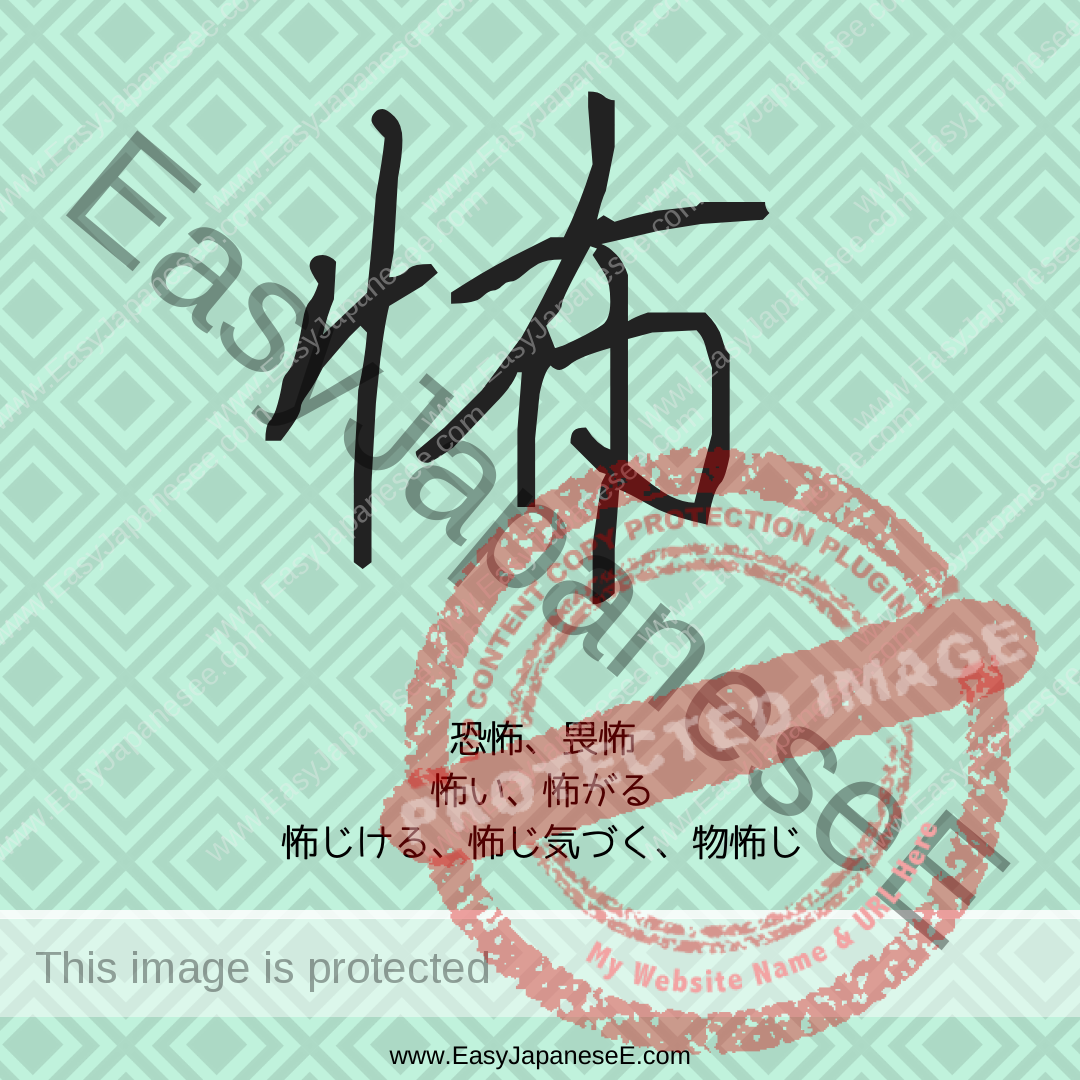
Today’s #kanji is #怖, which is made of its semantic element of #りっしんべん(忄) and phonetic element of 布. Apparently it…
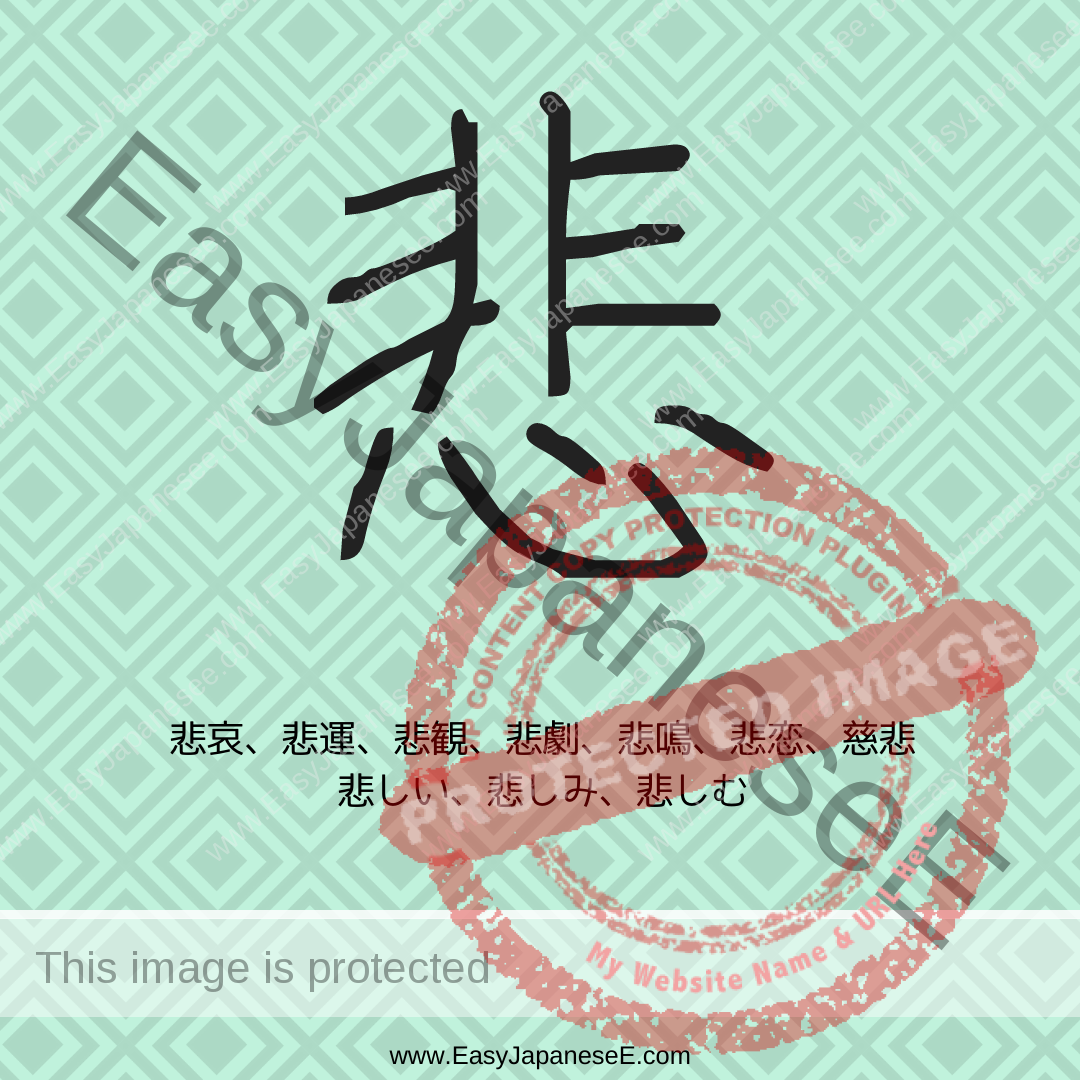
Today’s #kanji is #悲, which is made of its semantic element of #こころ and phonetic element of 非. 非 is…
![[verbてform] + います](https://www.easyjapanesee.com/wp-content/uploads/2020/04/Main-Photo-2.jpg)
The pattern of [てform] + います is used to describe either an action in progress or the state/condition after an action has been completed. Read examples.
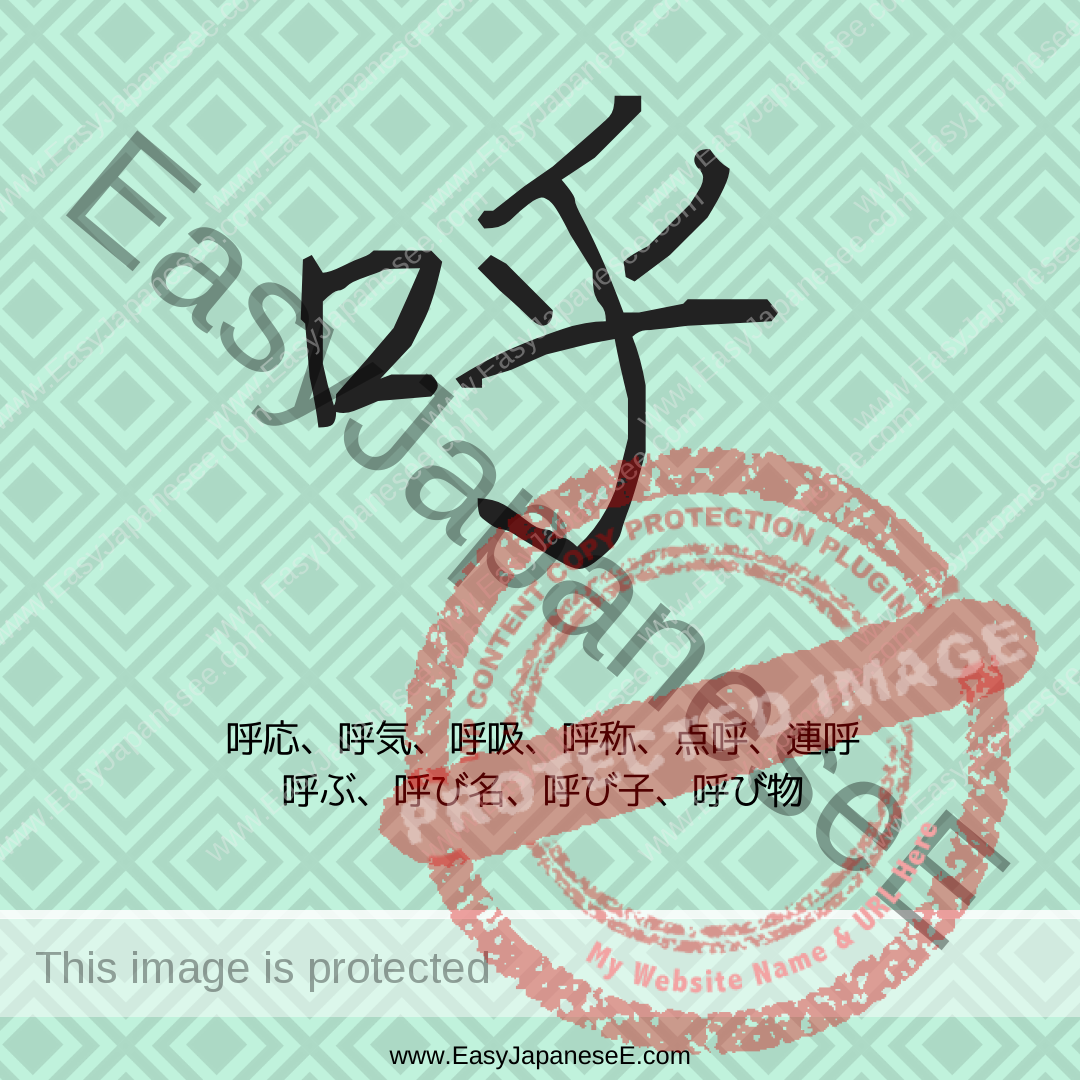
Today’s #kanji is #呼, which is made of its semantic element of #くち(口) and phonetic element of 乎. 乎 apparently…

Pre-noun Adjectivals are similar to adjectives but not the same. This post contains examples of pre-noun adjectivals you need to know for the JLPT N5 exam.

This page explains how adverbs are used in Japanese. It includes a list of adverbs you should know for the JLPT N5 exam with example sentences.
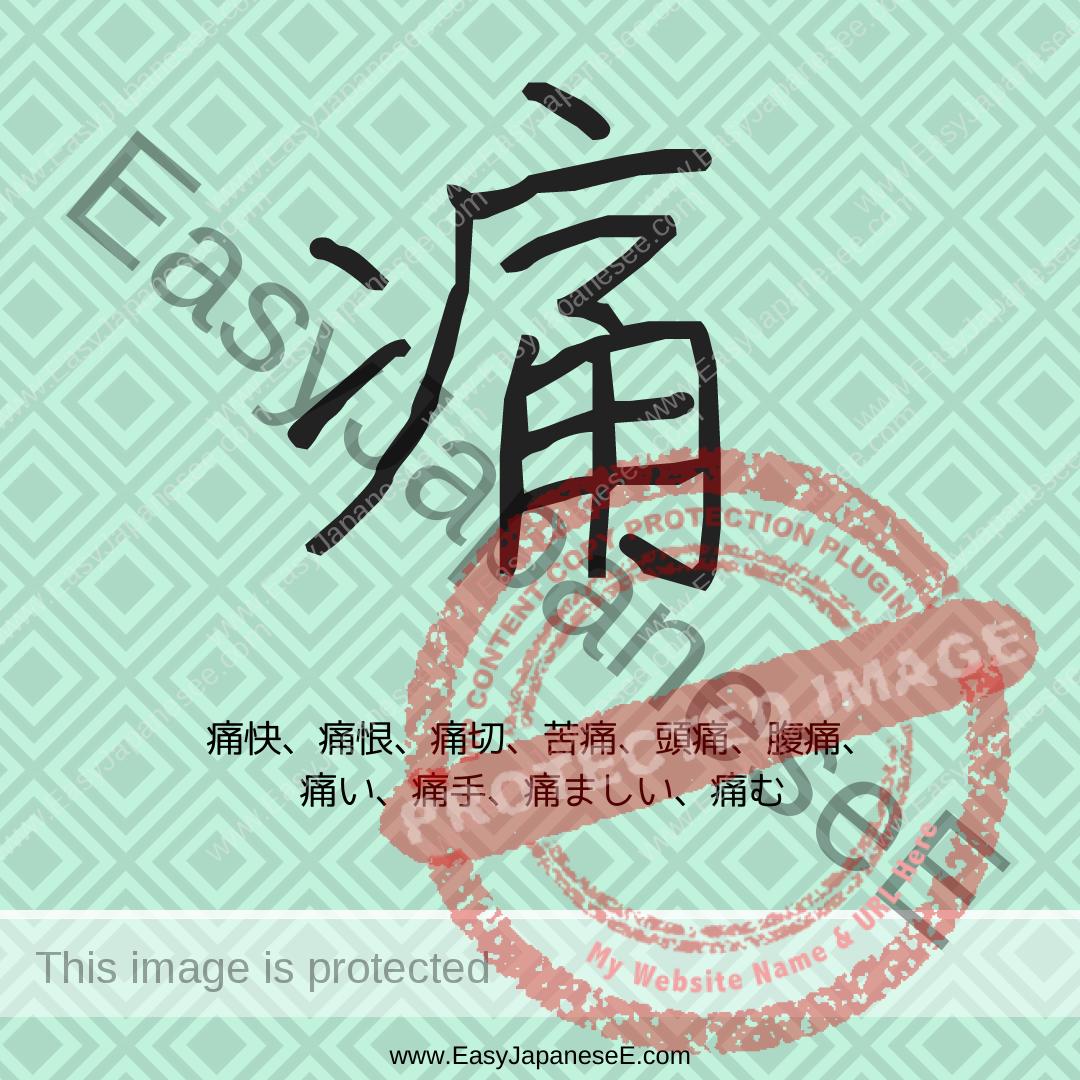
Today’s #kanji is #痛. which is made of its semantic element of #やまいだれ(疒) and phonetic element of 甬, although 痛…
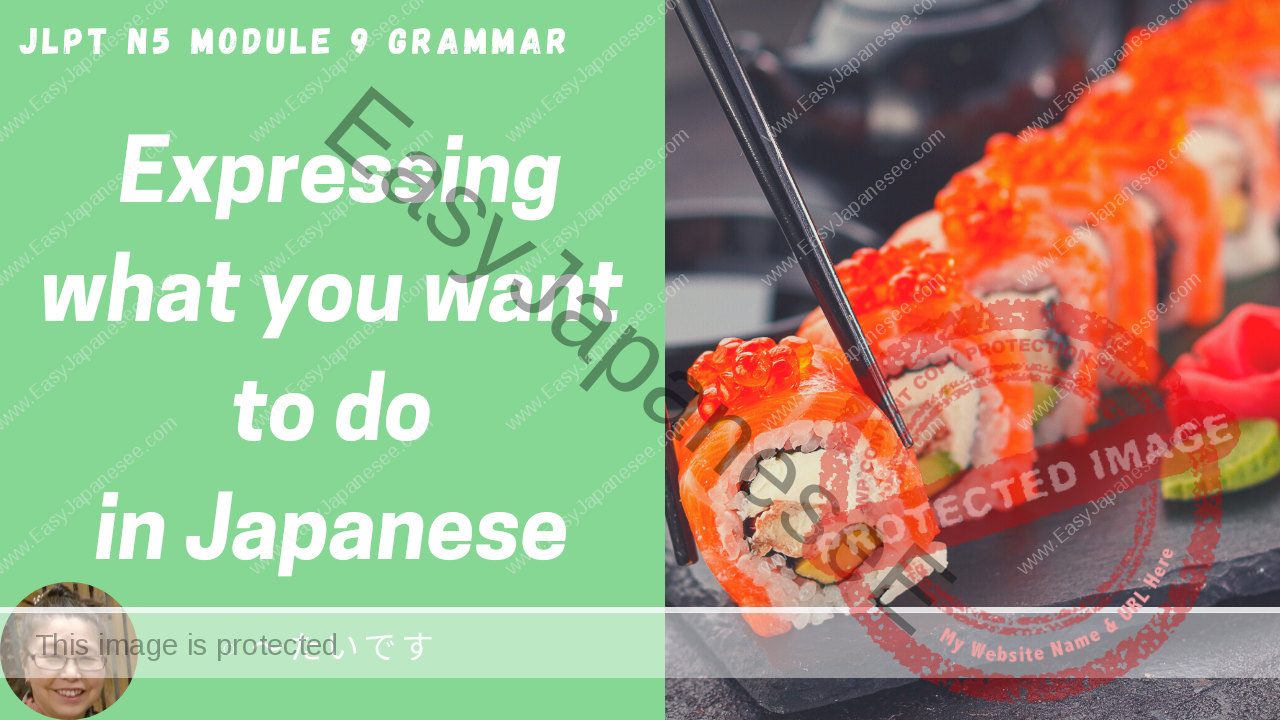
This post explains how you say what you want to do, what you don’t want to do, what you wanted to do and what you didn’t want to do.
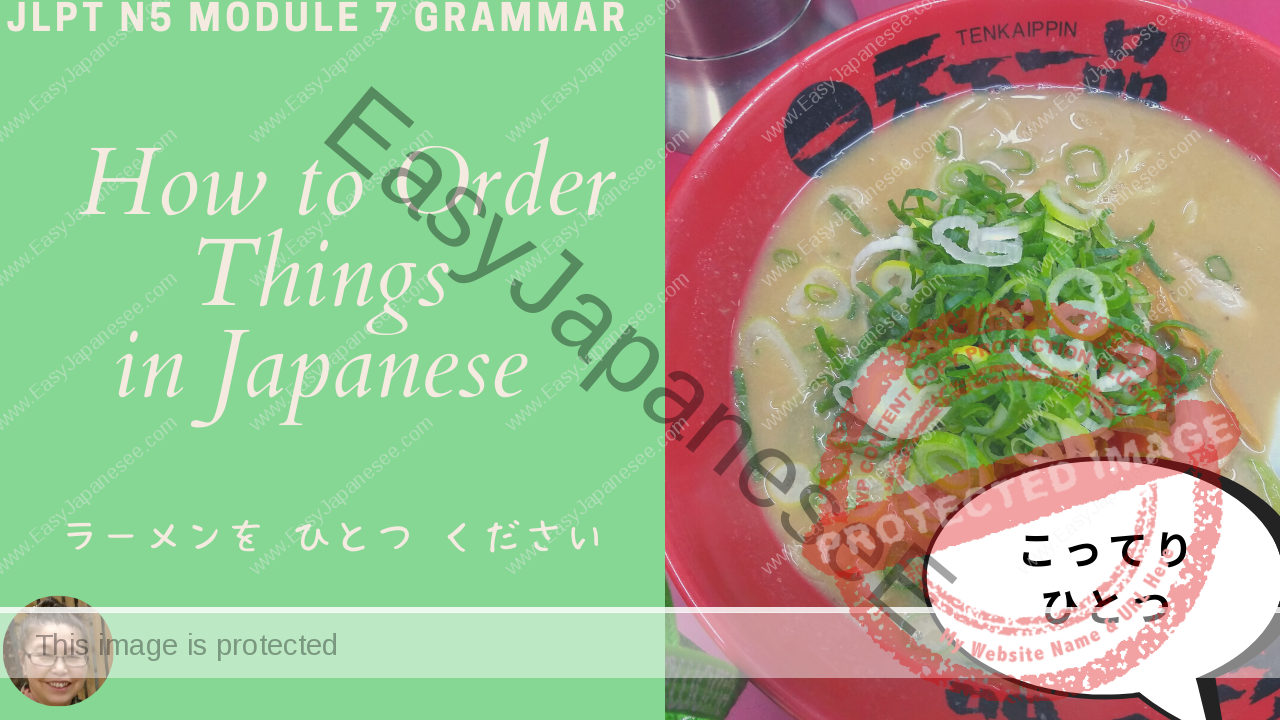
As the Japanese currency doesn’t have dollars and cents, if you are going shopping you need to be able count…

This post explains how to make an order in a shop in Japanese.
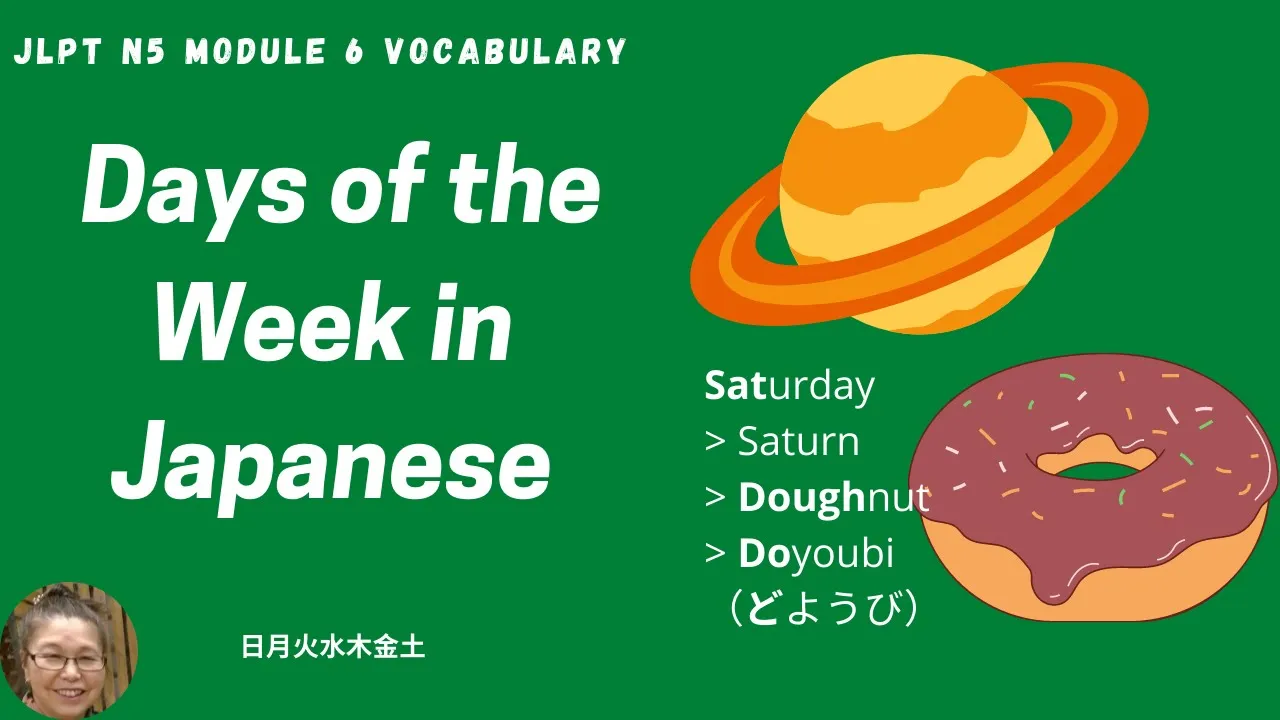
This post explains how we call days of the week in Japanese. Embedded YouTube video shows phonics to help you remember the words.
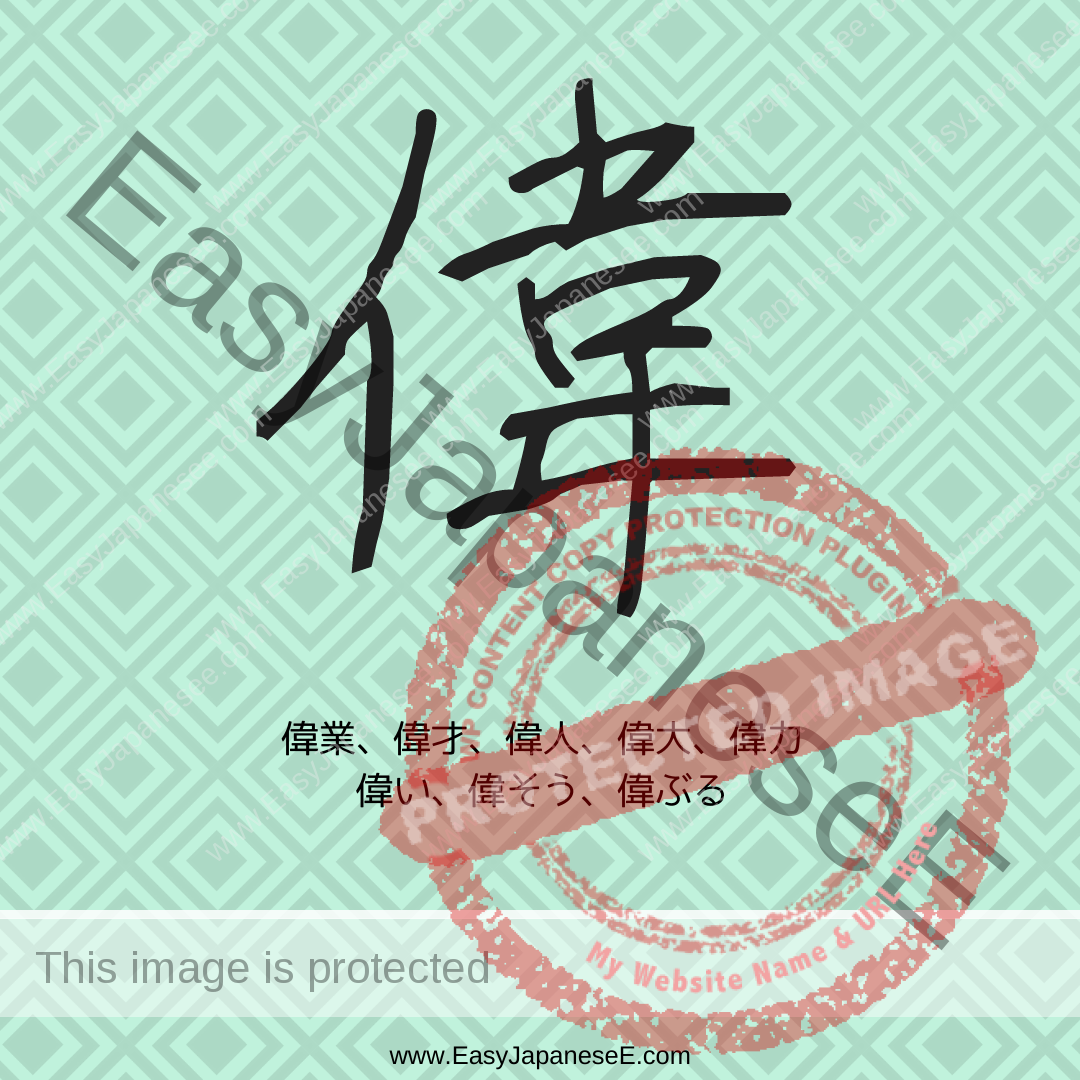
Today’s #kanji is #偉, which is made of its semantic element of #にんべん(亻)and phonetic element of 韋. Meaning: greatnessReading: イ、えら…
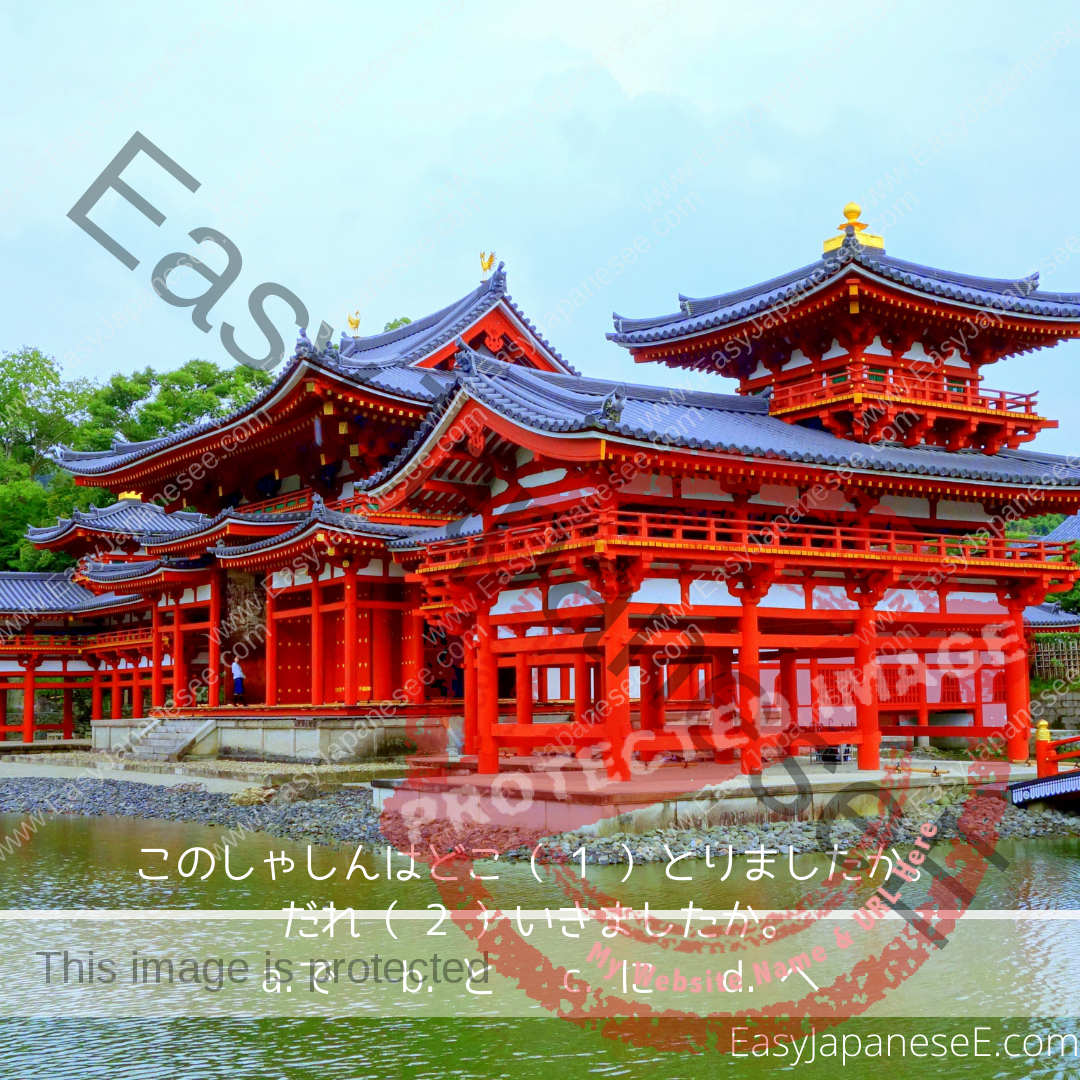
This post lists question words you need to know for the JLPT N5 exam. Read examples and check the meaning when combined with a particle.
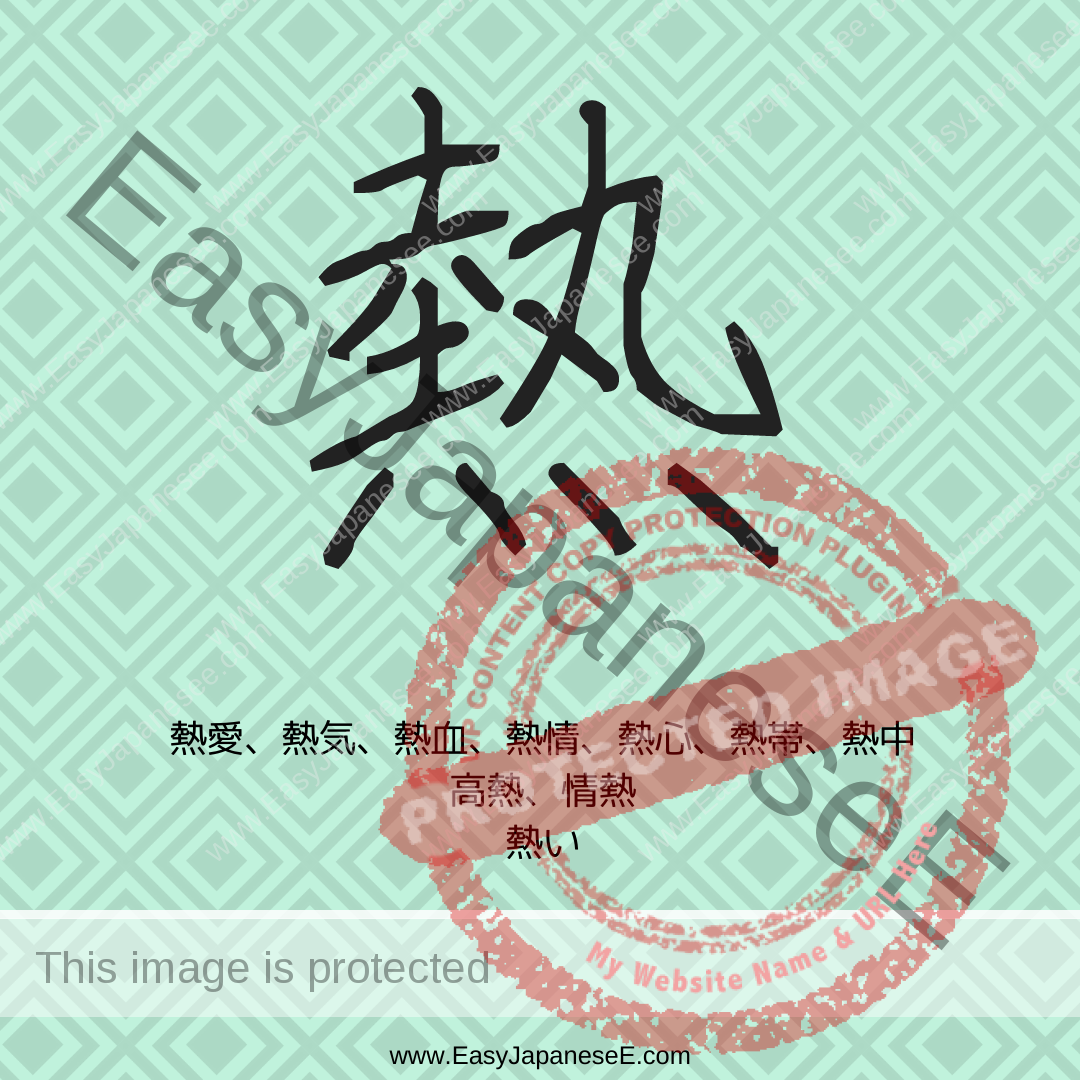
Today’s #kanji is #熱, which is made of its semantic element of #れっか(灬) and phonetic element of 埶 though 熱…
Japanese sentences are very forgiving about the order of sentence components. The only thing we need to stick to is…
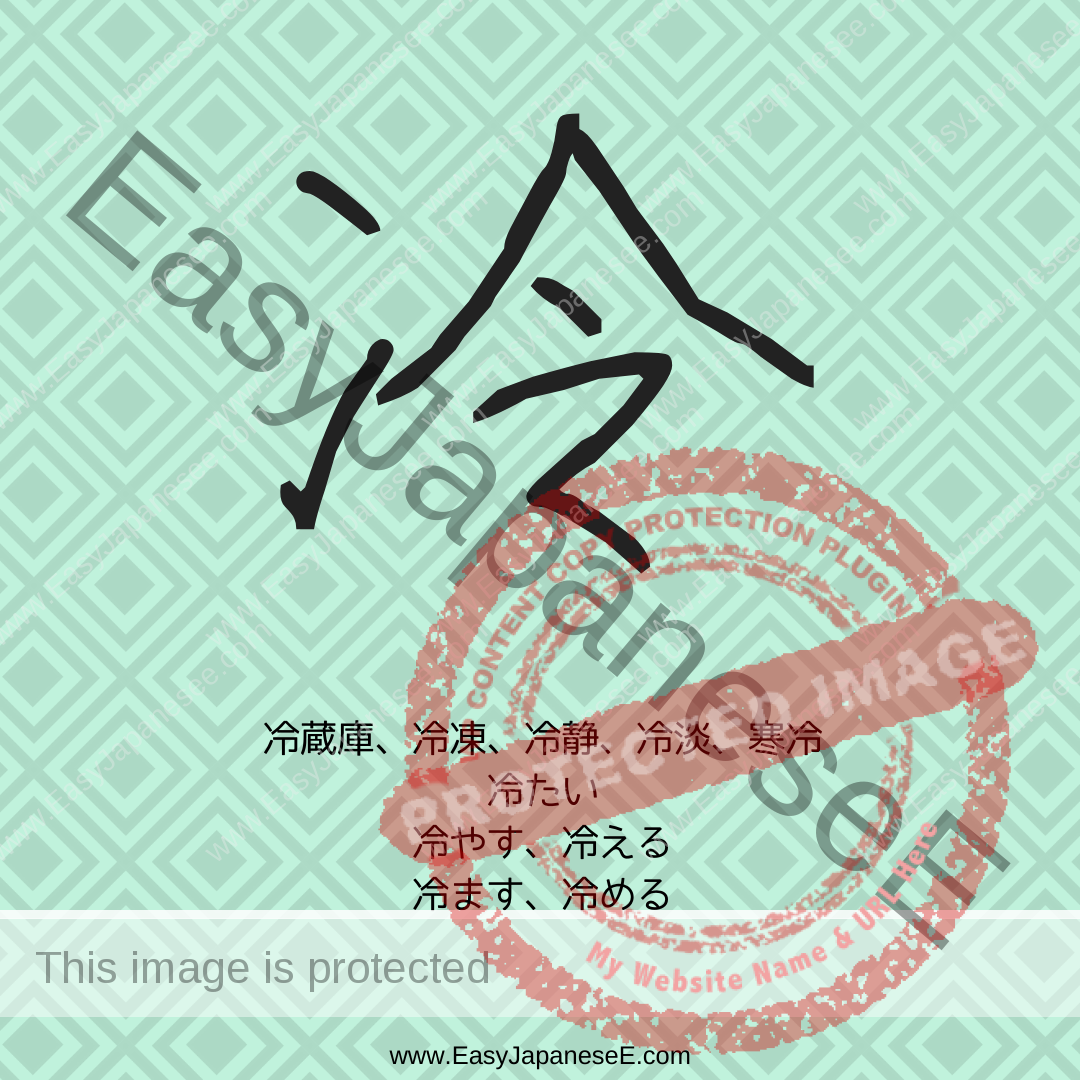
Today’s #kanji is #冷, which is made of its semantic element of #にすい(冫), which shows association with 氷 (ice), and the phonetic element of 令.
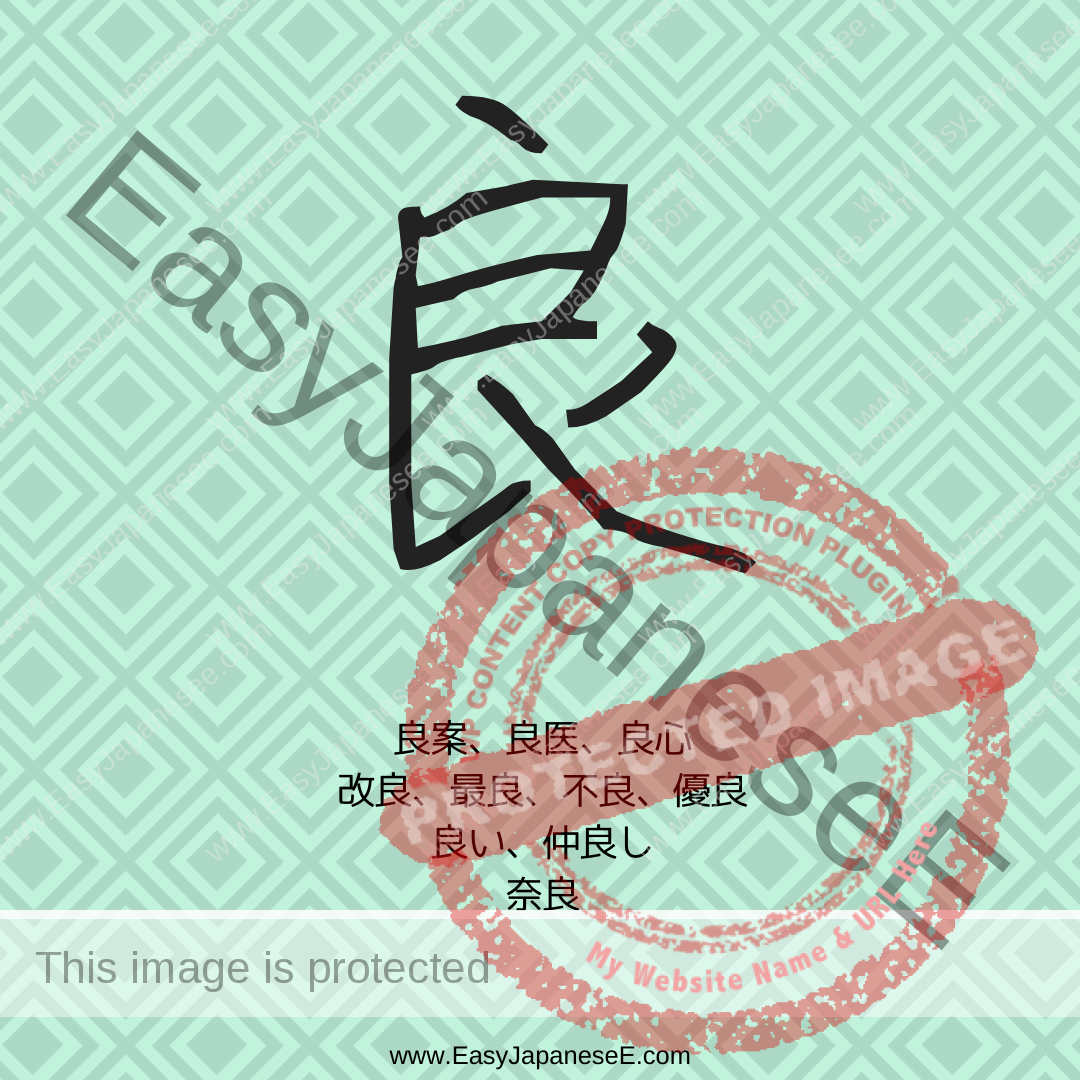
Today’s #kanji is #良, which is listed under #うしとら(艮). There seems to be a few theory regarding how this character…
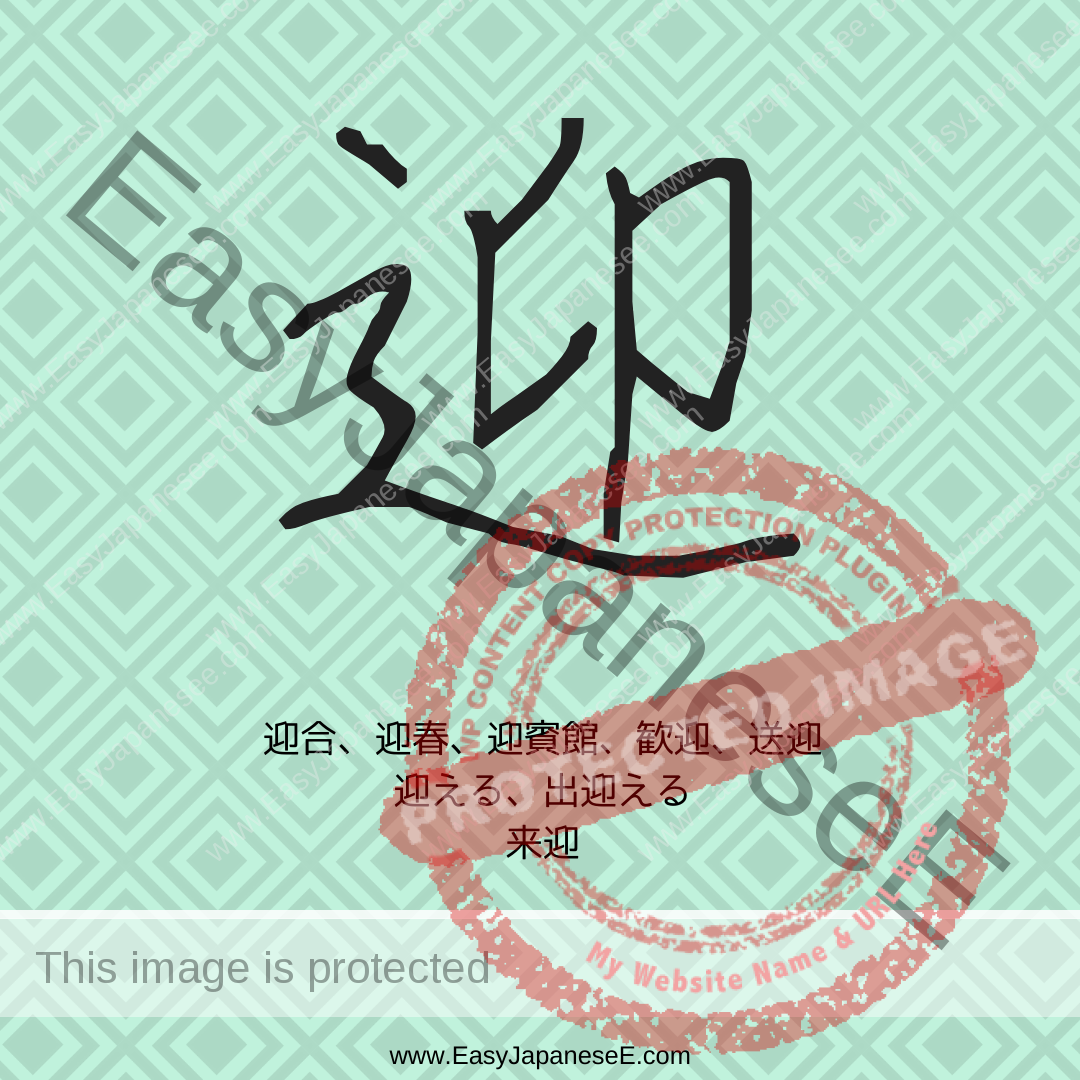
Today’s #kanji is #迎. which is made of its semantic element of #しんにょう(辶) and phonetic element of 卬. 卬 has…
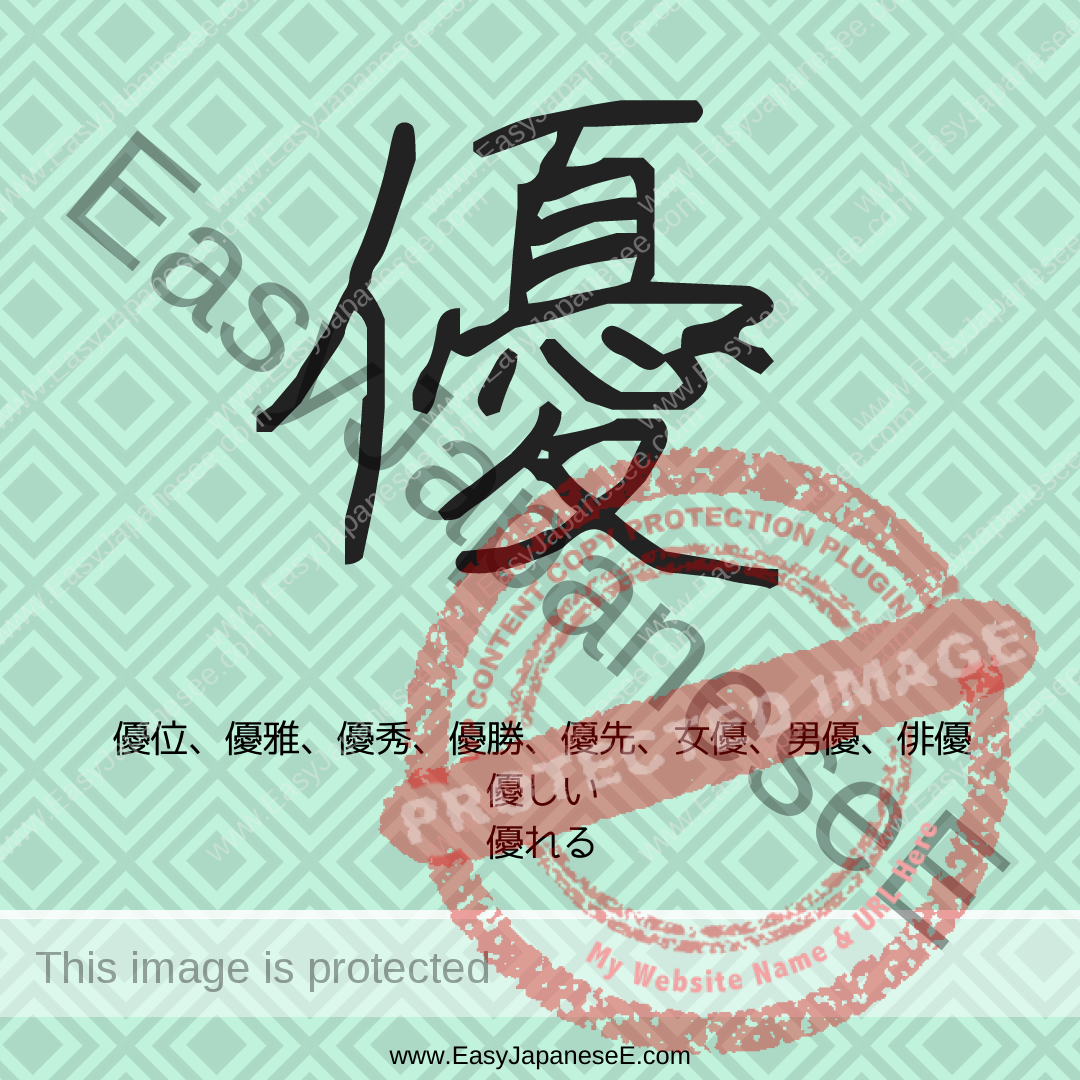
Today’s #kanji is #優, which is made of its semantic element of #にんべん(亻) and phonetic element of 憂. 憂 has…
